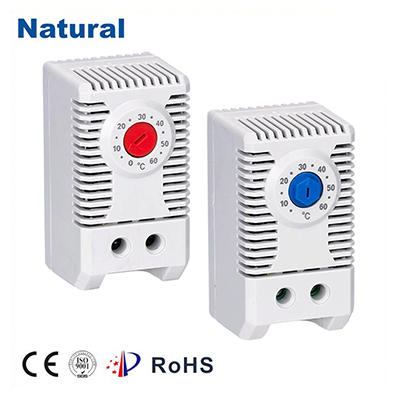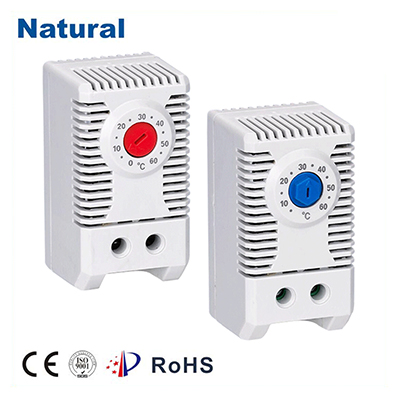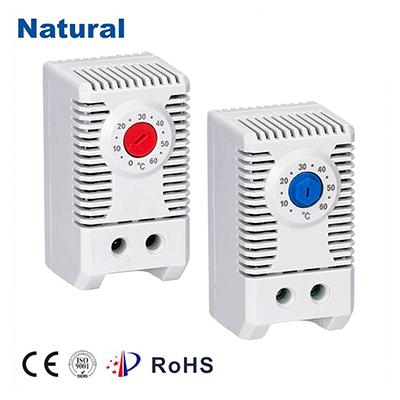Contact thermostats are essential components in various heating and cooling systems, serving as critical devices that help maintain desired temperature levels in homes, industrial settings, and commercial spaces. These thermostats operate based on physical contact, triggering electrical circuits to turn heating or cooling systems on or off when the temperature deviates from a predetermined set point. This article delves into the functionality, types, benefits, and applications of contact thermostats, illustrating their importance in modern temperature regulation.

How Contact Thermostats Work

At their core, contact thermostats operate through a simple mechanism. They contain a temperature-sensitive element, often made of a bimetallic strip or a thermistor, that reacts to changes in temperature. When the ambient temperature reaches the set point, the device closes or opens an electrical circuit, depending on whether the system needs to be activated or deactivated. Bimetallic contact thermostats consist of two different metals bonded together. As the temperature changes, the metals expand at different rates, causing the strip to bend. This bending action can either close or open the contacts, which in turn controls the power supply to the heating or cooling equipment. Conversely, electronic contact thermostats use thermistors or other electronic components to sense temperature changes and perform similar functions with greater precision and reliability.

Leave a Reply